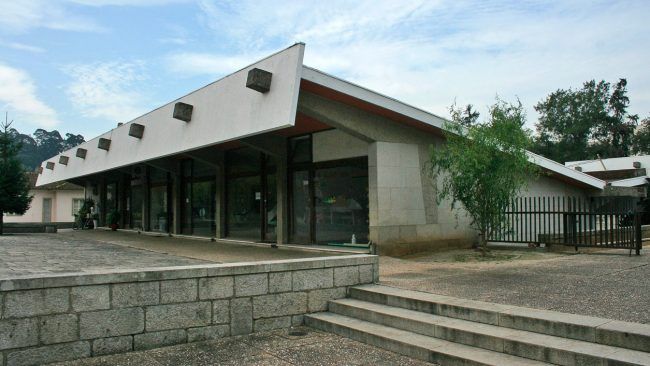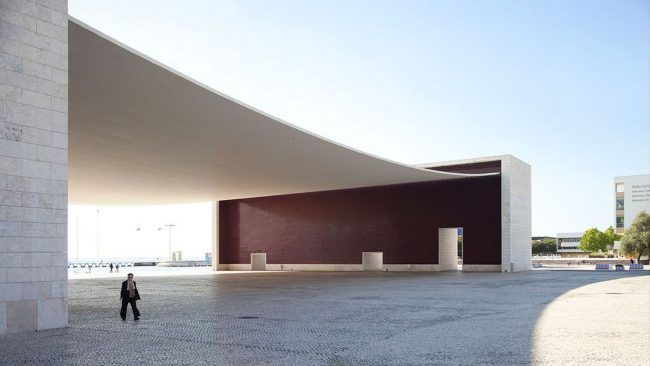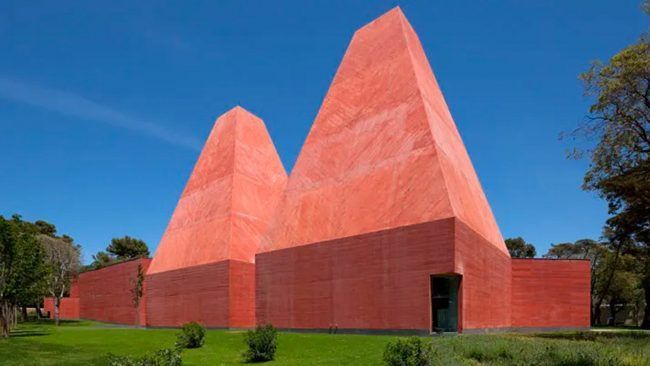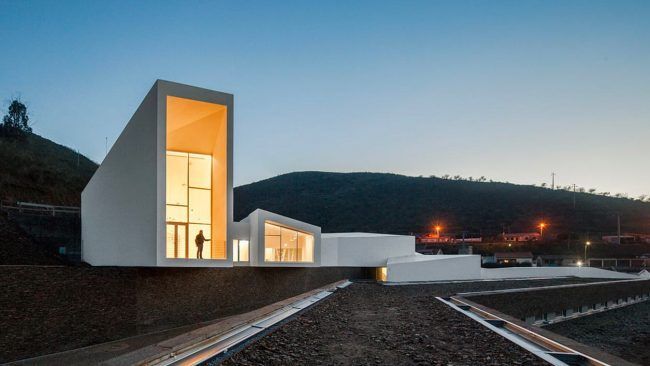The prestige of new Portuguese architecture is increasing and is attracting more and more expert attention. The number of references and articles focusing on Portuguese architecture is on the up, as is the recognition its three great architectural figures: Fernando Távora, Álvaro Siza and Eduardo Souto de Moura. Portuguese architects have quite literally created their own school and have redesigned the shape of Porto’s urban environment.
With two Pritzker prize-winners, contemporary Portuguese architecture is experiencing a golden age. That’s why we’d like to give you a brief introduction to five architects and their studios that we think you should know about and so to set the stage for ConnectA, our international architecture workshop.
Of course, a list of famous Portuguese architects can only start in one place.
Fernando Távora
For many Portuguese architects, Távora is a real role-model and is responsible for dragging Portugal into modernity with a bang. Through work on buildings such as Santa Maria da Feira Market, the Casa da Câmara or the Tennis Pavilion in Quinta da Conceição, Távora is a major force in driving international interest in Porto’s architecture.

Fernando Távora, who died in 2005, left behind him a vast array of work in his home country and is now seen as the father figure of contemporary Portuguese architecture. This is due both to his work in itself, which is unique and yet which also marries so well with its surroundings, and to the enormous influence that he continues to exert on new generations of architects. Founder of the famous Porto School, Távora taught some of the architects who would later leave such a modern stamp on the city, including Portugal’s two Pritzker Prize-winning architects: Siza and Souto de Moura.
Álvaro Siza
With more than 40 works under his belt just in the Porto area, the mark that Álvaro Siza Vieira has made on this area of northern Portugal is clear for all to see. However, some of his best known work which earned him the Pritzker Architecture Prize in 1992 is found away from Porto. He was chosen to design Portugal’s pavilion at Expo 1998 in Lisbon. This iconic building, which had to meet the expectation that comes with being the pavilion of the host nation, still surprises visitors today, with its immense concrete canopy which creates a spectacular and light-filled public square.

Another one of his most famous works can be seen in the town of Aveiro: the library of the University of Aveiro. This luminous single-purpose building of sinuous shapes displays the influence of Alvar Aalto, an inspirational figure for Siza.
“TRADITION IS A CHALLENGE FOR INNOVATION.” ÁLVARO SIZA
Buildings which are traditional and modern at the same time, using simple and yet almost sculptural shapes, but always in harmony with the surroundings – maybe this is the best way of defining Siza’s achievement, in both completely new buildings and those which were already standing.
Eduardo Souto de Moura
Another of the great names of Portuguese architecture, Souto de Moura not only shared a studio and worked alongside Siza in his youth, but he has also won a Pritzker Prize for Architecture in his own right. Versatility is one of his key traits – his work can be found in Italy, German and Spain – but the main body of his work is in Portugal. This work ranges from private dwellings to large-scale public and private projects, and includes apparently minimalist building and ones which are truly physically imposing.

Two of his most notable works are: the Casa das Histórias museum in Cascais, where he reinterpreted the traditional architecture of the region in a minimalist key while employing two large red pyramidal towers; and the Estadio Municipal de Braga, which demonstrates a perfect balance between a display of innovative architecture and its integration with environment, with this football stadium drawing power from its location on the side of a mountain.
Álvaro Andrade
He may not be the biggest name in Portuguese architecture – yet – but the star of this former lecturer in Architecture at the University of Porto is on the rise.

His most interesting building is perhaps his high performance sports centre in Pocinho, which zigzags its way through the Douro valley – it was for this building that he was selected as a finalist for the AR Emerging Architecture awards organized by the prestigious magazine Architectural Review. Built on terraces, the centre is made up of social, accommodation and training modules for elite sportspeople and which take the form of sinuous white units of various sizes. The building won the ECOLA prize in 2015.
FALA Atelier
A Portuguese studio which is capturing a lot of attention in recent years, and whose work adorns the pages of many specialist publications, is FALA Atelier. Founded in just 2013, its architectural work has already been repeatedly described as “naive, hedonistic, intuitive and rhetorical”.
There’s no doubt that the architecture is Porto is in vogue and that Portuguese architects are increasingly in demand across the world. That’s why ESET has chosen to dedicate this year’s Connect.A workshop to our neighbours to the west. In this way, our students can become better acquainted with the extraordinary architecture of Porto, but it will also mean that we can bring Portuguese architects and studios like FALA Atelier to ESET. We can then explore this intriguing post-modern vision of tomorrow’s architecture with the best possible guides.
Our third ArchiTripture destination, after Berlin and Copenhagen, is Porto. ArchiTripture is an innovative approach to the study of architecture which brings the concept of the Grand Tour into the 21st century. It’s a journey of discovery for the architects who will design our future. This year at ESET, that future will be written in Portuguese.


























